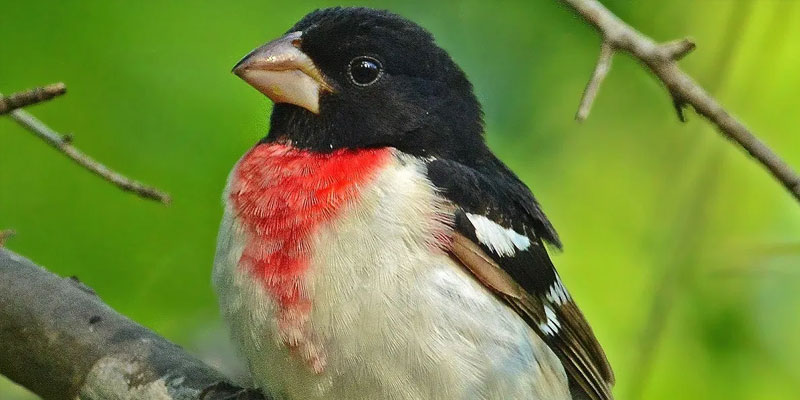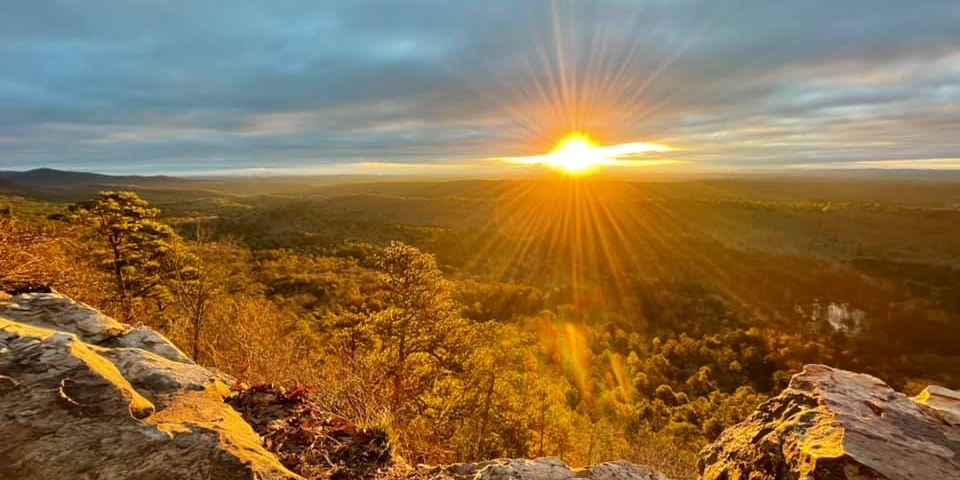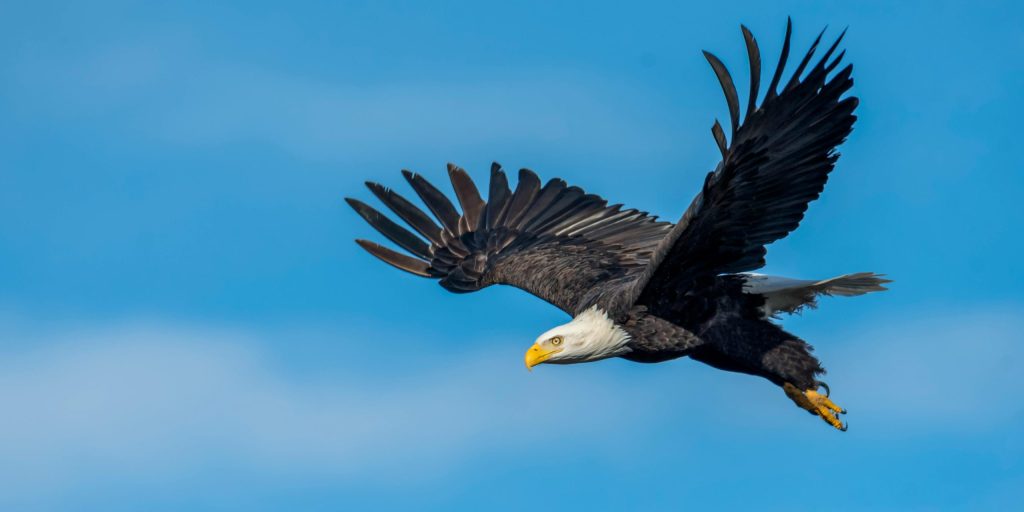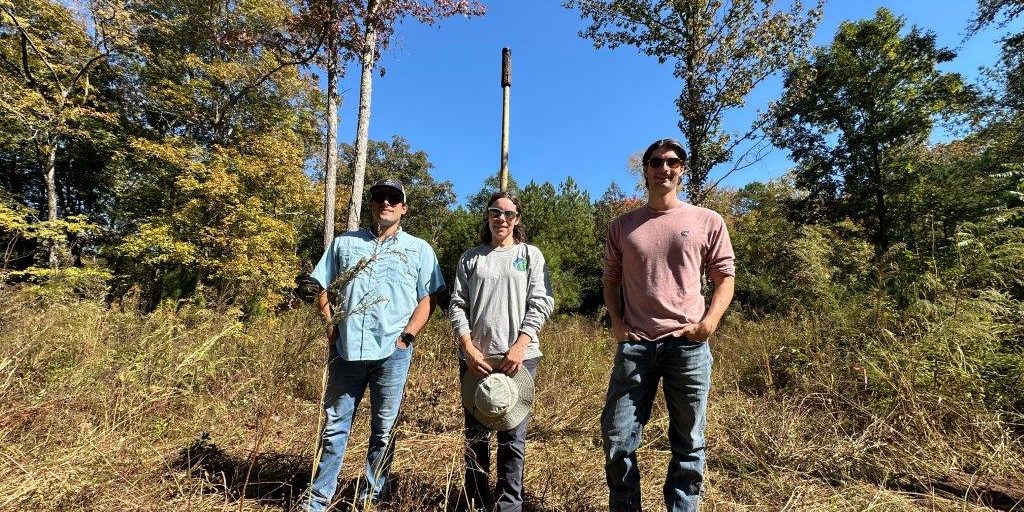A recent study co-authored by an Auburn University professor, using nearly two decades of data on birds inhabiting New York City parks, answers longstanding questions about how well urban green spaces function to protect biodiversity, particularly the varieties of bird species.
Professor Christopher Lepczyk of Auburn’s School of Forestry and Wildlife Sciences said the study, published in the international journal Landscape and Urban Planning, examined three major aspects of urban green spaces — isolation, shape and area — to determine which provided the strongest support for biodiversity.
The researchers found the size of an urban green space’s area — not its shape or isolation — most strongly corresponds with the richness of bird species in these spaces, both annually and seasonally.
“A long-running question in conservation has been whether the amount of area that is protected matters more than the protected area’s shape or isolation,” said Lepczyk, professor of wildlife biology and conservation. “To test these ideas, we used parks in New York City in which citizen scientists have collected a treasure trove of bird data, providing a very large number of species and parks for analysis.”
The study used data collected over an 18-year period by the citizen science group eBird.
“What we found was that how isolated a park was relative to other parks, and the park shape, were not important in describing the number of unique birds found in a given park,” he said. “Rather, the total amount of area was the most important aspect of the park.”
Lepczyk said urban green spaces are valuable stopover sites for migrating birds during spring and autumn migrations.
The new research has broad implications in the planning of new green spaces, as growing urbanization leads to increasing habitat loss and the introduction of non-native species.
“Taken as a whole, our work suggests that larger parks contain more unique birds, and thus, greater biodiversity,” he said. “For conservation and management, as we consider increasing urban green spaces, we should invest in larger spaces over smaller ones.”
Lepczyk co-authored the study with Frank A. LaSorte of the Cornell Lab of Ornithology, Myla F.J. Aronson of the Department of Ecology, Evolution and Natural Resources at Rutgers University and Kyle G. Horton of the Department of Fish, Wildlife and Conservation Biology at Colorado State University.
Janaki Alavalapati, dean of Auburn’s School of Forestry and Wildlife Sciences, said the findings are likely to bring about significant innovation in the development of urban green spaces.
“Dr. Lepczyk and his team have answered questions that are of vital importance to conserving wildlife and maintaining species biodiversity in urban spaces,” Alavalapati said.
This story originally appeared on Auburn University’s website.
(Courtesy of Alabama NewsCenter)













